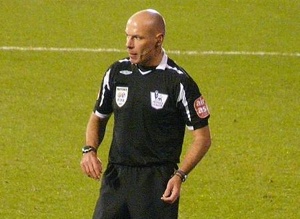
Jesus apparently once said, “Let him who is without sin cast the first stone”. The idea being that we’ve all been a bit naughty at one point or another, so we probably shouldn’t get on someone’s back, unless what they’ve done is something awful like murder or support Manchester United.
How many of us could honestly say that we’ve never criticised a referee’s performance when watching a football match? To narrow it down further, who could truthfully say that they don’t criticise referees every single time they watch a football match?
In the heat of the moment, when the man in the middle has just given a free-kick against your side for the same thing he failed to give your team a free-kick for a moment before, it’s easy to forget that they’re only human. It’s also easy to forget that they’re very well-trained people who are at the top of their game.
When did referees first get introduced to the game? What does it take to become one? What should we, as fans, bear in mind when we’re thinking about whether or not a referee has done a good job?
The First Football Referees
In 1581 Richard Mulcaster was writing about a game called ‘foteball’ and suggested that things might go smoother if there was a ‘judge over the parties’.
Of course we all know from reading the History Of Football article elsewhere on this site that ‘foteball’ probably had more in common with rugby than the game we know and love today. It wasn’t until the 1840s that players and organisers sought a clarification of the rules of the sport, so it’s interesting that reference to a referee was made in a match report from a Rochdale game in 1842.
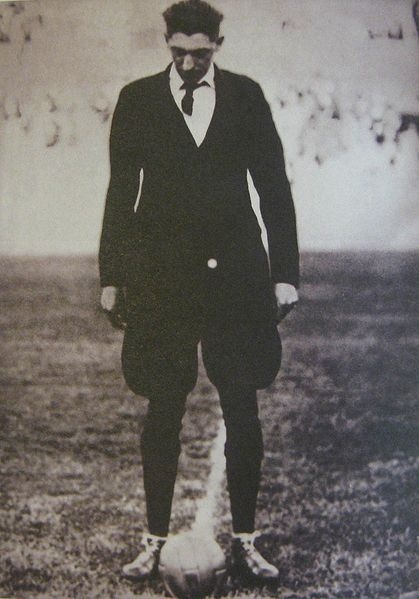
Having said all of that, these ‘referees’ didn’t operate in quite the same way as we understand the role today. At the start of modern football’s life it was believed that the players were gentlemen. They would never, under any circumstances, deliberately cheat or foul another player. The ‘referee’ was merely there to keep time as accurately as possible so everyone knew when the game was over. Of course, not everyone is a gentleman. Believe it or not there are some unscrupulous characters out there and they began to come to the forefront as the sport of football became more serious and more competitive.
When that happened it was decided that each team should have an ‘umpire’ to make decisions when contentious moments arrived in the game. The umpires would discuss the matter between themselves and try to come to an agreement, but if they couldn’t then the issue would be referred to the ‘referee’ who was keeping time and he would have the deciding vote. It wasn’t until 1891, when the Football Association agreed a re-structuring of the Rules of the Game, that referees began to take centre stage and the umpires were turned into linesmen, who assisted from the side.
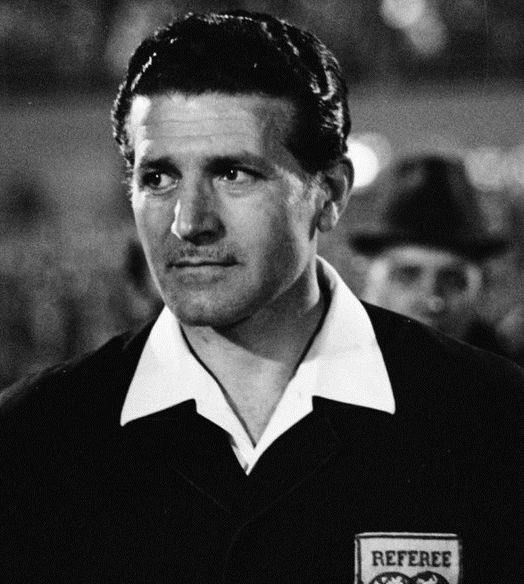
If you’re the sort of person that gets wound up by a referee then don’t worry, you’re not alone. In fact, the position has been disliked ever since it was introduced more than 100 years ago.
The two football clubs didn’t like that he had absolute authority over decisions, believing that the umpires reaching an mutual understanding was fairer. Meanwhile supporters routinely felt that he was biased against *their* team and argued with his choices. Sound familiar?
Referees And The Rules
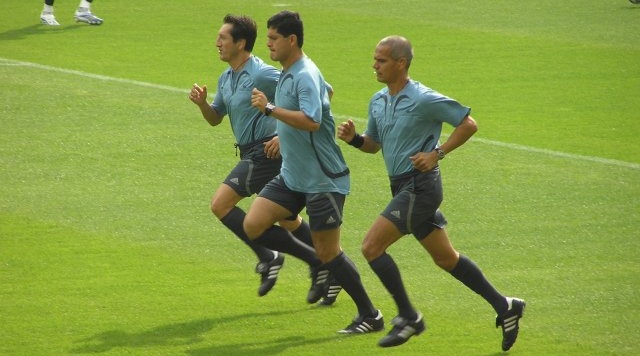
The first ever referee’s society was formed in 1893 in London. The primary purpose of the society was to speak to the different people purporting to be referees in order to discover their qualifications before then appointing them to officiate a given match. The North Staffs Referees’ Club, formed in 1896, came about because the popularity of the game caused more and more people to become referees.
They began to get together and teach each other the rules of the game in order to ensure that things went as smoothly as possible, yet in those early days there was no set ‘qualification’ that a person had to have in order to be able to referee a football match.
By 1899 there were 27 referee’s societies with 773 members, so the appointment of people to officiate different games became too complicated. It was at that point that responsibility for the organisation of all of the referees swapped over to the Football Association.
By 1904 the game had taken off around the rest of the world and that led to the formation of a governing body called FIFA. After initial scepticism, the English FA joined FIFA in 1906. They began to introduce some new rules, such as the one in 1912 that stopped goalkeepers from being allowed to handle the ball outside the area.
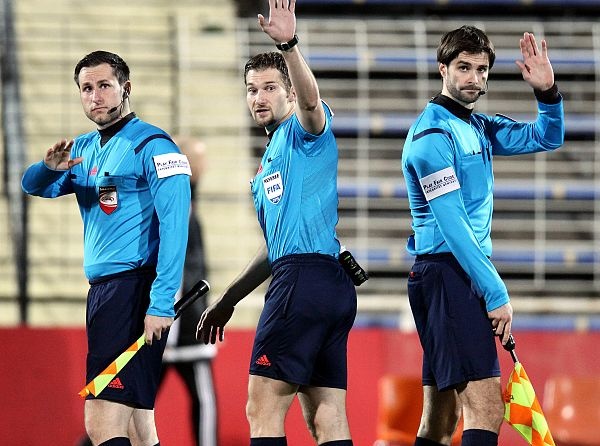
In 1920 a rule was introduced that meant players couldn’t be offside from throw-ins and five years later the number of players that needed to be back to keep a player onside was reduced from three to two. All of these changes meant that by 1930 a decision was taken to have a look at the rules of the game.
There were only seventeen back then, despite a raft of changes and alterations made over roughly fifty years. Stanley Rous was tasked with having a look at the necessary changes and he did such a good job that no further official changes were needed until 1997.
Linesmen, Assistant Referees and Fourth Officials
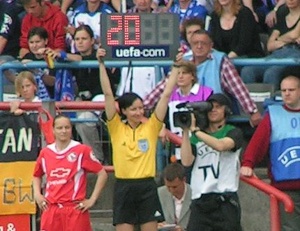
The referee and his assistants are well-known roles in football and their roles are reasonably well understood. But what of the other officials who are involved in football matches? What are their roles? If you’ve ever watched any football on TV then you’ll doubtless have heard reference to the fourth official, for example.
The role of an additional character in the cast of refereeing was actually introduced in 1966 in England, but the International Football Association Board didn’t officially bring it in throughout global football until 1991.
The fourth official is there as a possible replacement for if any of the referee or his assistants get injured or become ill. If they’re not needed in that capacity, though, then their job is largely administrative.
They do jobs such as check players have equipment that meets regulations, they tell the referee about substitutions and hold up the board with the players’ number on as well as the added time at the end of each half. They also act as an intermediary between the match referee and ground managers etc.
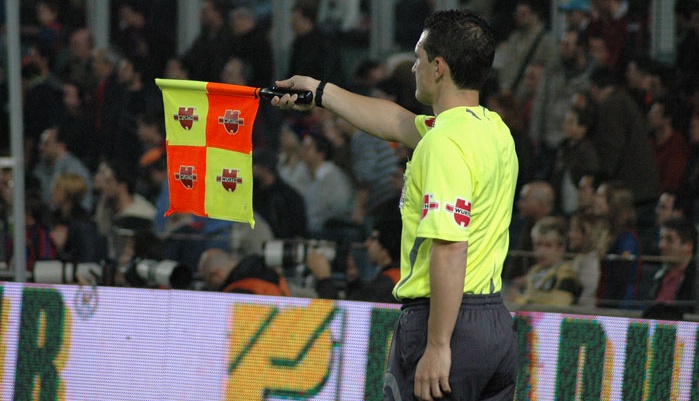
In 2009 UEFA decided to trial an experiment of having a further two officials involved in play. Each of them would be located behind the goal at either end of the pitch and would, in theory, keep an eye on what takes place within the penalty box when the action is at their end of the pitch.
In 2012 the IFAB decided to make these roles permanent for European games, including both the Champions League and the European Championships. All member Football Associations of FIFA are entitled to use these extra officials, with some domestic leagues choosing to do just that. At the time of writing they have not been used by the English FA and there are no plans to introduce them.
Qualifications Needed To Become A Referee
Should you wish to become a referee who takes charge of top-flight matches then you’ve got a long slog in front of you. You also need to be reasonably well off, given that it’s not a cheap endeavour to embark on.
First things first, you’ll need to register your interest with your local County Football Association. They will host sporadic Basic Referee’s Courses and you’ll need to get yourself on one to start your journey to the top. The course involves nine classroom sessions, an oral exam and a written exam.
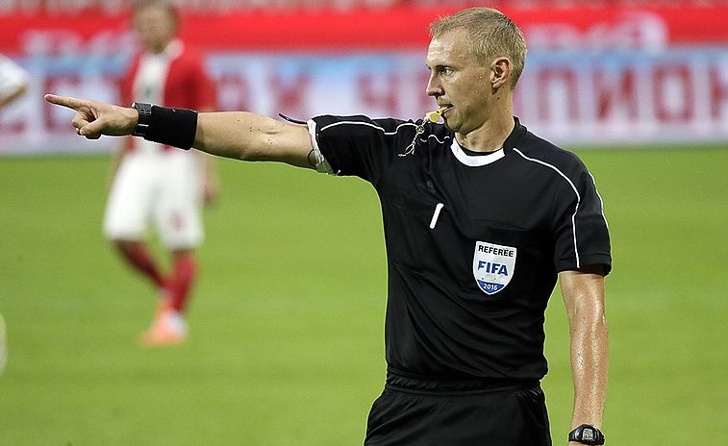
Upon completion of the course you’ll then officially be a Level Seven referee, presuming that you’re over sixteen-year-of-age. Well done! You’re now able to take charge of amateur matches held in local parks. Spend a year doing that and you’ll be eligible to gain promotion to Level Six, but this isn’t an automatic right.
You’ll need to do some more training, pass a test on the laws of the game and then be assessed on over twenty matches. Perform flawlessly in those matches, however, and you’ll be grand. You’ll need to do all of that again if you hope to progress from Level Six to Level Five.
Level Four referees get to take charge of senior amateur league games at county level, as well as be assistant referees at semi-professional matches. You don’t get to referee semi-professional games unless you’re a Level Three official, however. Make it to Level Two and you’ll find yourself officiating Nationwide Conference and FA Premier Reserve League games, which is nice.
That’s sometimes known as the Panel League and is one below being on the National List of Referees. That is the highest point you can get to in the UK, meaning you’re able to take charge of domestic professional matches. The only step up from there is to get onto the International List of Referees.
The Future Of Refereeing
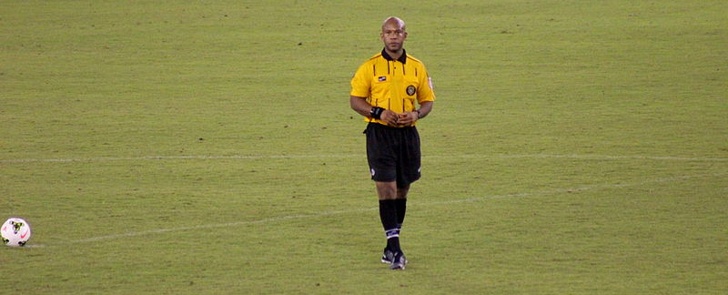
It’s difficult to envisage a future in world football where more and more technology isn’t introduced. After all, the game is now moving quicker than ever before and the advancements in television coverage means that people at home are able to watch an incident several times over from any number of different angles before the ball has even gone back into play. Meanwhile we’re asking our referees to perform the same job that they did thirty, forty or fifty years ago. Virtually every area of the sport has moved on in that time but referees need to react to incidents in the same manner as they did when footballers had a steak and chips for their pre-match meal.
In 2012 the International Football Association Board agreed to allow goal-line technology to be used for the first time in the game. This came after a test period and it allowed the technology to be used but didn’t require it. That is largely because it is an expensive technology and would be virtually impossible to put into place in the lower leagues around the world. It was first used in a major tournament at the FIFA World Cup in 2014 and it was introduced to the Premier League at the start of the 2013-2014 season. Both La Liga, and the Bundesliga brought it in for the 2015-2016 season.
Believe it or not, the change was a long time coming. Supporters and even football clubs have long felt that referees could do with more help in their decision making. Goal-line technology is a good start, but the authorities have to go further. Could video evidence be used to assist referees regarding penalty decisions? Red card incidents? How about offsides? It’s all up for debate, of course. The reality is that it was easy enough to begin using goal-line technology because it didn’t stop the flow of the game. The referee wears a watch that buzzes if the ball has fully crossed the line and that’s his decision made.
Critics of the introduction of further technology feel that the game’s flow is vital. Pulling play back every five minutes in order to see whether a player was onside or offside, committed a dangerous foul or gave away a penalty would break matchplay up too much, they say. There would be ways to do it without that happening, though. An appeals system could be used, or a video referee could watch the game in real-time and give feedback.
One thing’s for sure, the money in football is such that it won’t be long before the clamour to help referees make the correct decision grows to the point that the powers that be can’t ignore it. If a referee’s decision results in a club losing a game that sees them miss out on the Champions League and the associated wealth, will clubs continue to believe that the sport’s fine the way it is?
